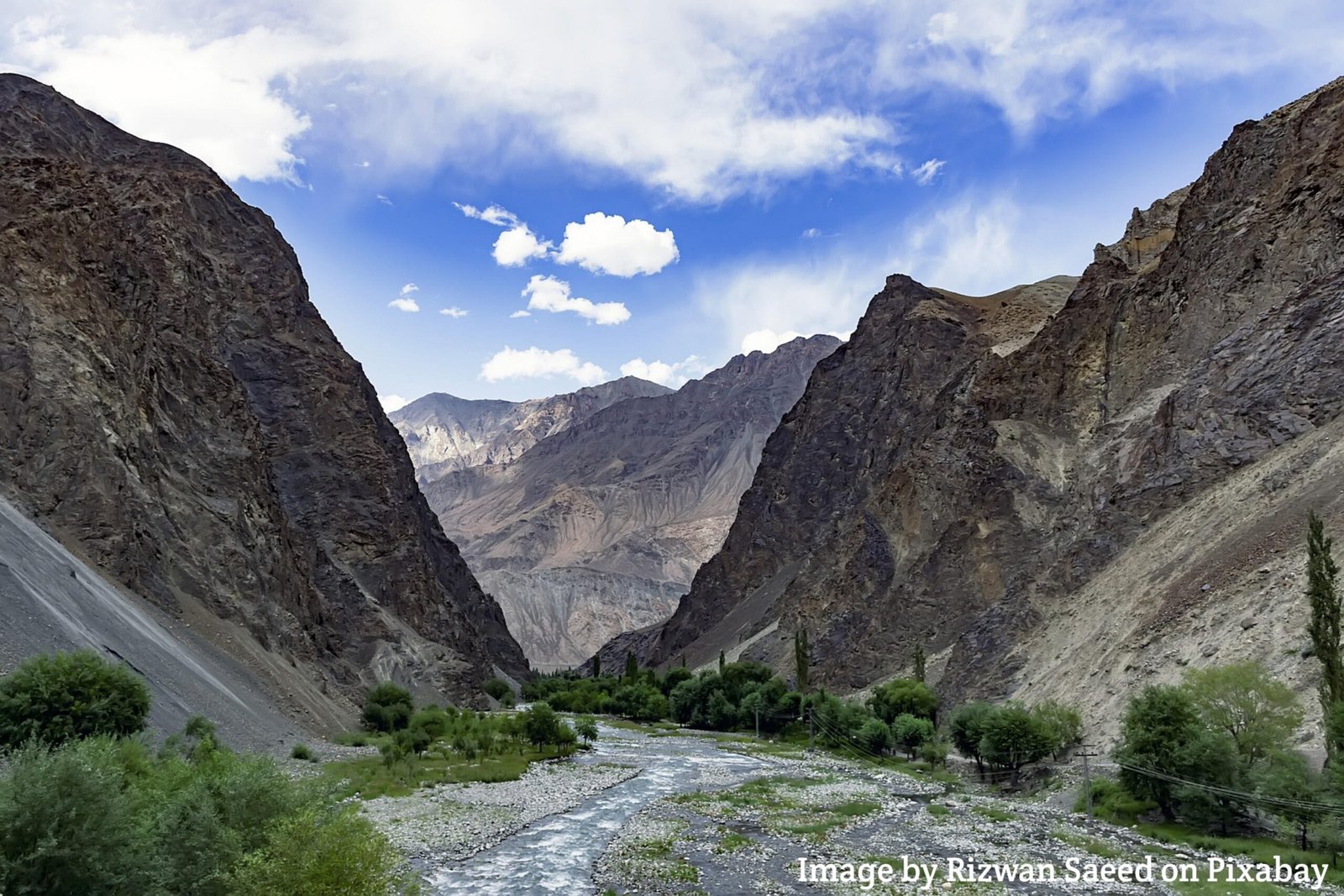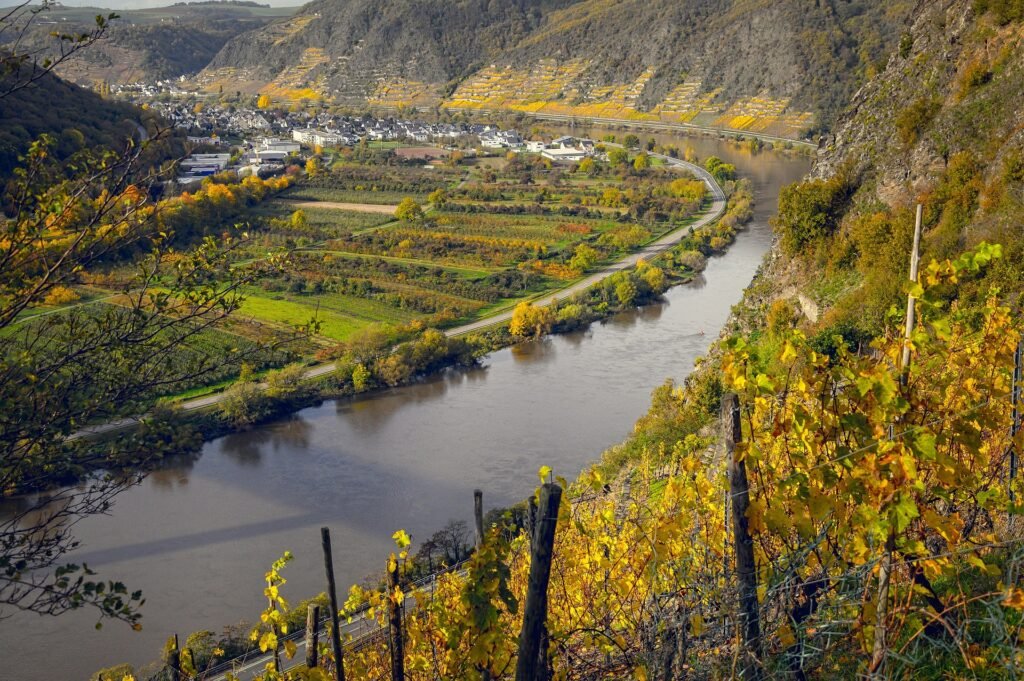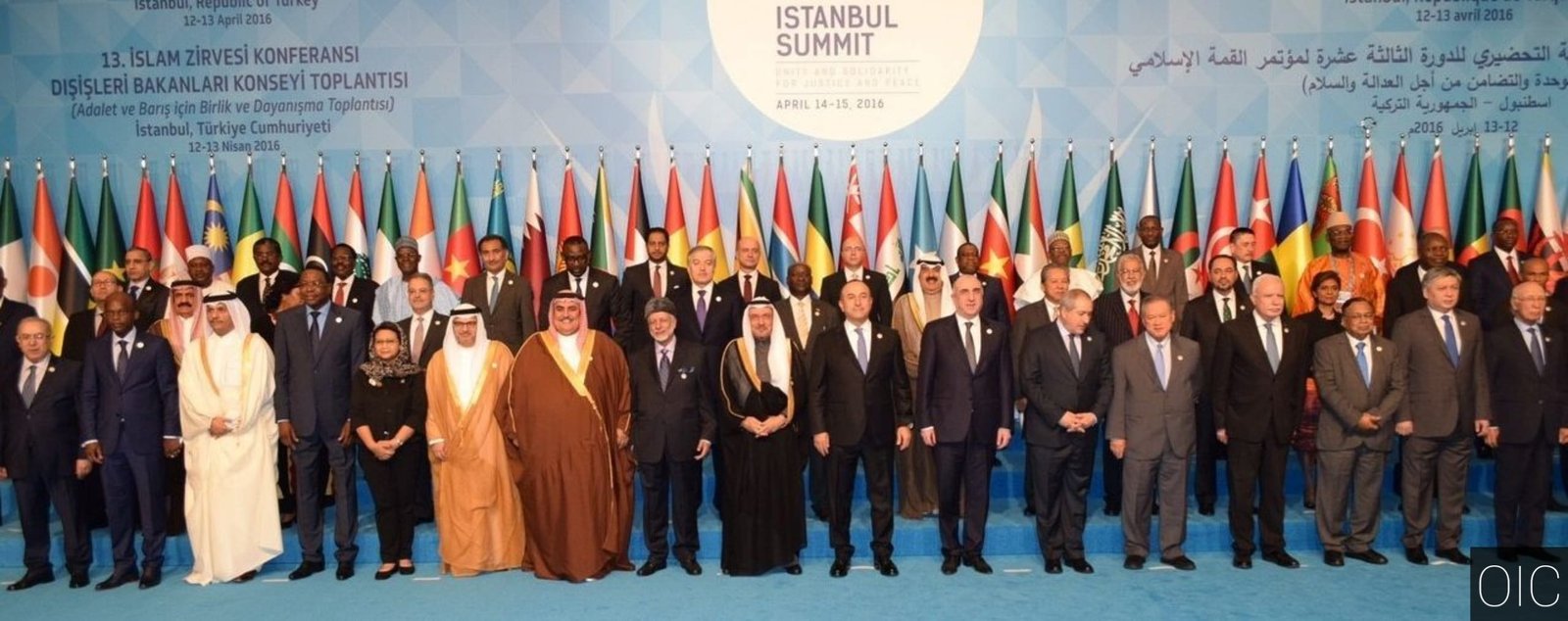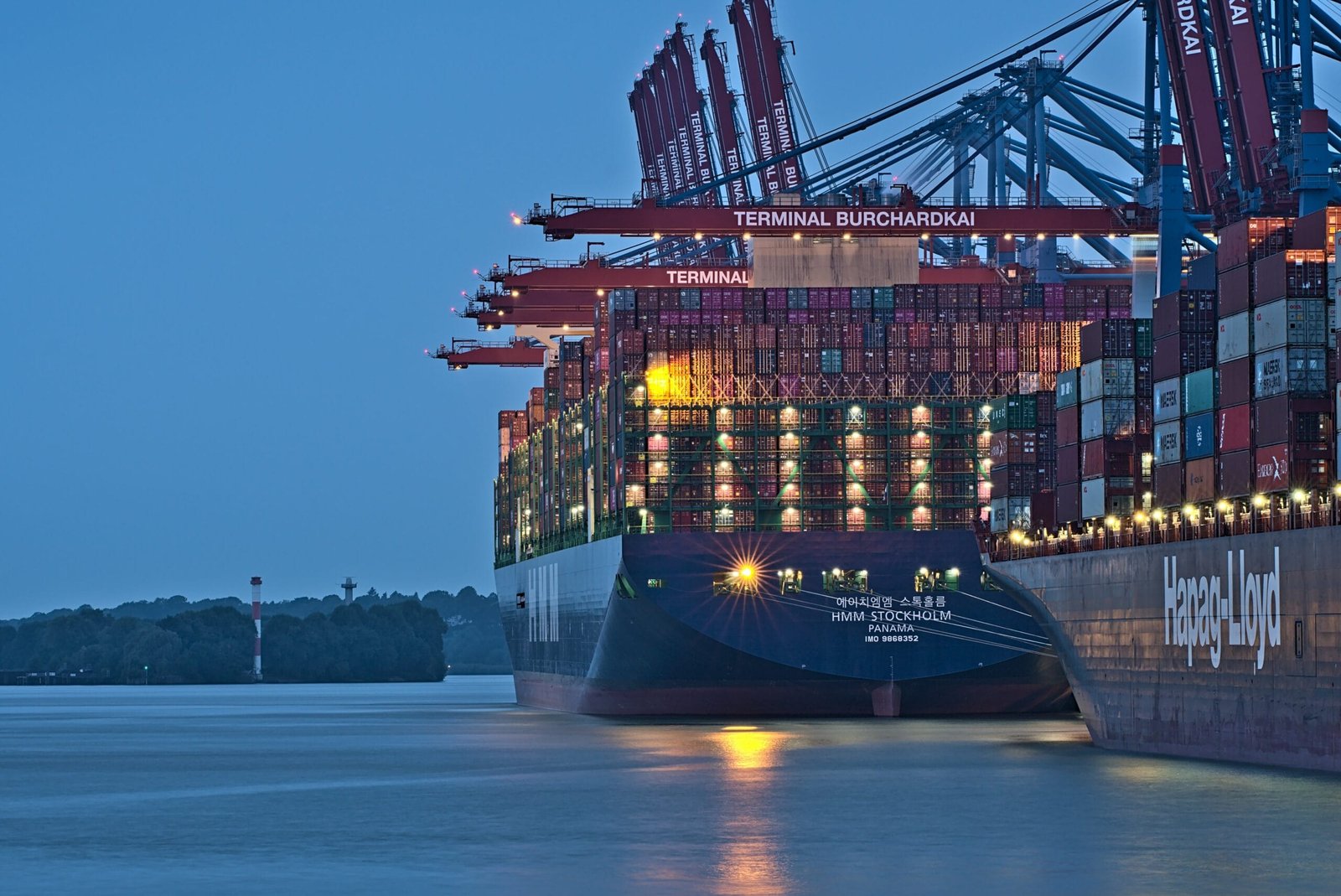
Table of Contents
Introduction
In this era of climate change, water is no longer just a human necessity, but has become a weapon. There are many countries in the world that share water resources and are dependent on them. Whenever political tensions arose in these countries, they also used water as a weapon. It has also been observed that water itself has become the cause of some political tensions. The war of water could potentially lead to a major war that could endanger everyone.
Tensions over water are mostly seen in Asia and Africa, where water is used for personal gain and as a weapon of power. Thus, it also evokes hydropolitics, in which politics is done through water and one’s own national interest is seen in it.
According to the United Nations, there are approximately 263 international rivers or basins in the world that pass through more than one country. If these countries do not have a solid agreement on their waters, they could become victims of a major conflict.
War of Water Between India & Pakistan
Pakistan and India have been rivals since the day of their respective independence (August 1947). The two countries have fought wars several times over the Kashmir issue, and relations between the two are deteriorating. After independence, the two countries witnessed tension over water, which culminated in the Indus Waters Treaty in 1960. The Indus Waters Treaty was signed with the support of the World Bank, which gave Pakistan control over the waters of three rivers (Indus, Jehlum, & Chenab) and gave India control over the remaining three(Ravi, Satluj, & Bias). These six rivers used to flow from India to Pakistan and fall into the sea at Thatta in Sindh province.
India has been seen threatening Pakistan many times to block the water of its (Pakistan’s) three rivers. Recently, India suspended the Indus Waters Treaty and threatened to cut off its water supply to Pakistan after the attack in Pahalgam in April 2025. In response, a press release was issued by the Prime Minister’s Office of Pakistan on April 24, which stated the following:
“Pakistan vehemently rejects the Indian announcement to hold the Indus Waters Treaty in abeyance… Water is a vital national interest of Pakistan… Any attempt to stop or divert the flow of water belonging to Pakistan will be considered as an act of war and responded with full force across the complete spectrum of National Power.”
Pakistan called India’s action an act of war. We then got to see how these two countries fell into a war from May 7 to May 10. Tensions still persist between these countries in this regard, as India has not reinstated the agreement.
War of Water Between China & Southeast Asia
Major rivers of South Asia and Southeast Asia originate from China’s Tibet, including the Indus River and the Mekong River. China controls these rivers and faces criticism for blocking the water. There are more than 87,000 dams in China, meeting the country’s energy and agricultural needs.
One of these rivers is the Mekong River, which flows from China through downstream countries such as Laos, Myanmar, Thailand, and Vietnam. China has built dozens of dams on this river, especially in Yunnan province. The countries below accuse China of reducing the flow of water in this river. This river is more than 4,300 kilometers long and more than 60 million people depend on it.
On the other hand, India also seems concerned about China’s plans on the Brahmaputra. China’s that water supremacy gives it a strong strategic advantage.
War of Water in Middle East
Water wars in the Middle East are mainly seen between three countries: Turkiye, Syria, and Iraq. The Euphrates River is a major river in the Middle East, flowing through Turkiye and into Syria and Iraq. Turkiye has built most of the infrastructure on this river. One of its projects is “GAP”, Guneydoğu Anadolu Projesi, which includes 22 dams and 19 hydropower projects. Syria and Iraq have criticized it for all this, saying that water shortages may occur in these countries.

War of Water in Africa
The Nile River is at the center of Africa’s largest water dispute. It is considered the most important river in Africa. Sudan and Egypt depend on it. It begins in Ethiopia and ends in Egypt.
Ethiopia’s Grand Ethiopian Renaissance Dam (GERD) is facing criticism in the region. This could lead to water shortages in Sudan and Egypt. Egypt, which gets more than 90 percent of its water needs from the Nile, has called it a national security issue. Following this Ethiopian project in 2020, the Egyptian President made the following statement regarding water scarcity in 2021:
“If water becomes scarce, war becomes likely.”
This shows how no country wants to remain silent on the water issue. If one country creates hardship for another out of national-interest, the other is ready to take every step against it.
Solution for International Water Crisis
The sooner international water disputes are resolved, the better it will be for the benefit of not just one or two countries, but the entire world. Because the water issue is linked to climate change, which the entire world is suffering from, solving this problem will play a positive role in climate change.
Countries that share common water resources should have agreements at the international level, keeping in mind the interests of all. Anyone violating these agreements should be subject to severe fines or international sanctions. In particular, an international organization should be established to keep a close eye on this water issue.
Doing so will not only solve the issue of two or three countries, but it will also help prevent climate change. Water is a basic need of every living being and it is wrong to take it away from anyone. But in today’s world, major powers are openly violating human rights. They use water as a weapon, which creates the threat of a conventional war.
Written By
Rumman Mustafa
The Khilafat Times




